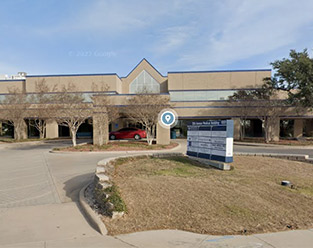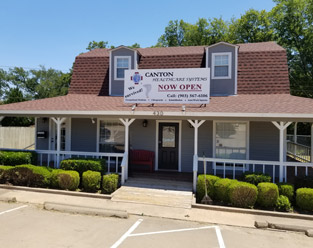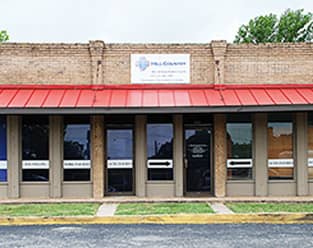 Returning to work after an injury, surgery, or extended medical leave is a key milestone in recovery, but without proper planning, it can cause setbacks.
Returning to work after an injury, surgery, or extended medical leave is a key milestone in recovery, but without proper planning, it can cause setbacks.
Advantage Healthcare Systems supports patients with personalized treatment plans and expert guidance to ensure lasting health and safety. Because we recognize the physical, emotional, and logistical challenges involved, our approach emphasizes safe, gradual reintegration tailored to each recovery journey.
Why Work Reintegration Matters
Work reintegration is crucial for individuals returning to work after illness or injury, ensuring a smooth and supportive return, rebuilding confidence, restoring well-being, and maintaining productivity.
Returning to work too soon or without accommodations can lead to physical re-injury, psychological stress, and delayed recovery.
A well-structured reintegration plan promotes:
- Physical and psychological well-being
- Increased confidence and productivity
- Reduced risk of relapse or further injury
Essential Tips for a Safe and Successful Return to Work
1: Work With a Physician to Create and Implement a Return-To-Work Plan
Your treating physician plays a key role in deciding when and how you can safely return to work, ensuring your return aligns with your current medical condition and recovery.
The plan should be:
- Based on your current physical and cognitive condition
- Graduated starting with modified duties or reduced hours and slowly increasing your duties
- Updated regularly based on your recovery progress
2: Understand Your Functional Limitations
Work restrictions are often necessary after injury or illness.
These may include limits on:
- Lifting, bending, or standing for extended periods
- Repetitive movements or exposure to loud noises
- Long hours or mentally strenuous tasks
3: Use Transitional Duties To Bridge the Gap
Modified work tasks help ease the transition back to full productivity. These may involve:
- Desk-based roles instead of physical labor
- Lighter workloads or slower-paced shifts
- Job-sharing or reduced hours
4: Communicate With Your Employer
Maintaining an open line of communication with your employer is crucial for a successful reintegration.
Be honest about:
- Your current condition and progress
- What duties are you unable to perform safely
- Any changes recommended by your care team
5: Prioritize Mental and Emotional Recovery
Many patients experience anxiety, depression, or self-doubt after time away from work. Support services, such as behavioral evaluation, pain management counseling, and stress reduction techniques, can enhance emotional well-being, build confidence, and support a smoother, more sustainable return to the workplace.
6: Set Regular Check-Ins With Your Care Team
Continued monitoring ensures that you stay on track. As you resume work:
- Track any recurring or new symptoms.
- Notify your healthcare provider of changes.
- Adjust your plan as needed to avoid setbacks.
How To Create a Safe Working Environment
- Identify Hazards and Assess Risks: Spot potential dangers and evaluate their likelihood to prevent accidents.
- Provide Safety Training: Educate employees with regular training updates on hazards, equipment use, and emergency procedures.
- Ensure Personal Protective Equipment (PPE) Availability: Make sure that personal protective equipment is readily accessible, and provide employees with training on its proper usage.
- Conduct Regular Inspections: Perform routine safety audits to detect and fix issues before they escalate.
Read Also: Work Accidents That Most Often Cause Traumatic Brain Injury
Contact Advantage Healthcare Systems for Safe and Successful Work Reintegration
Don’t risk your recovery by returning to work too soon or without the necessary support. At Advantage Healthcare Systems, we’re here to help you return to work safely and confidently. Our team creates personalized plans to ensure a smooth transition and support your long-term health.
Call us at 1-877-487-8289 or contact us online to get started on a safe and successful return to work.





